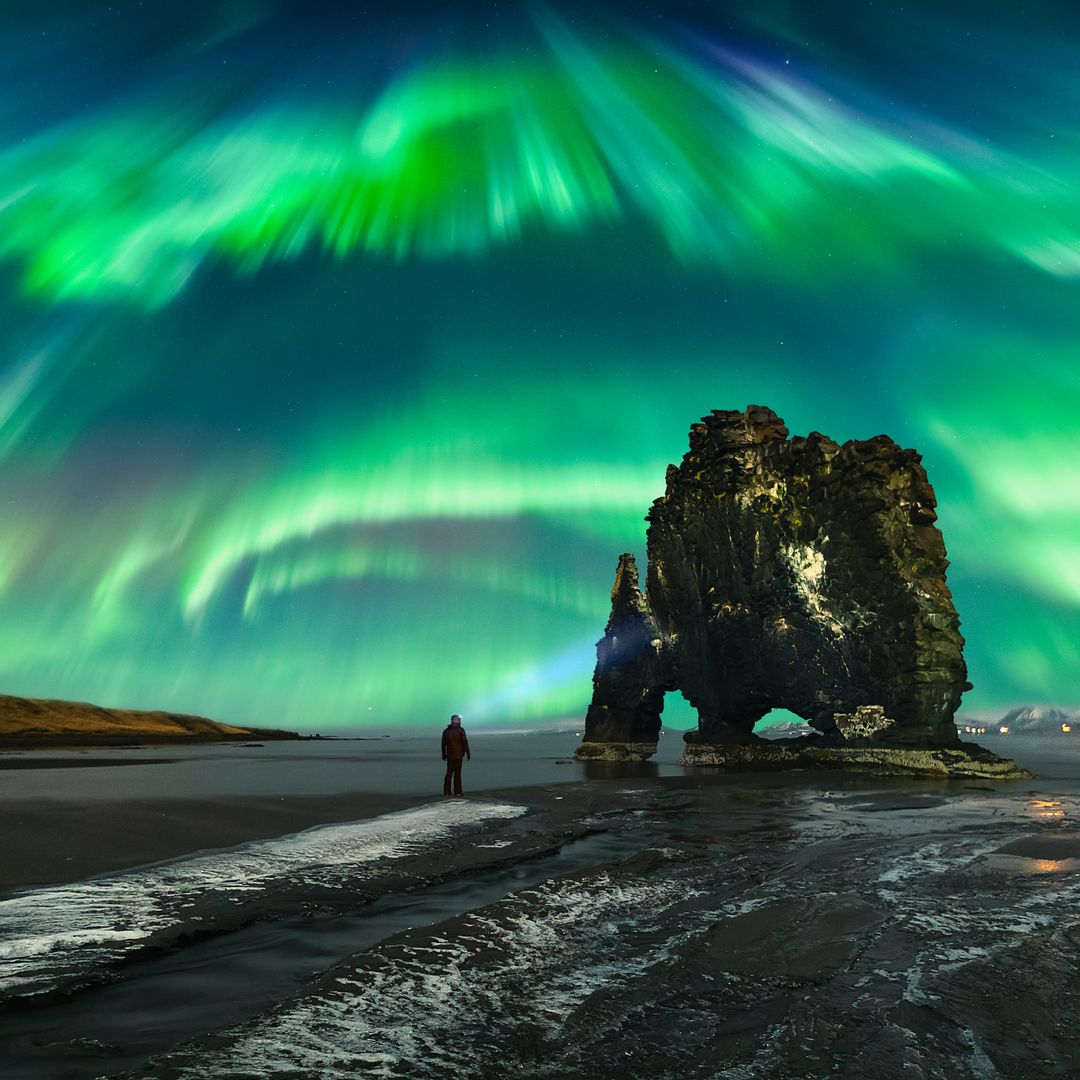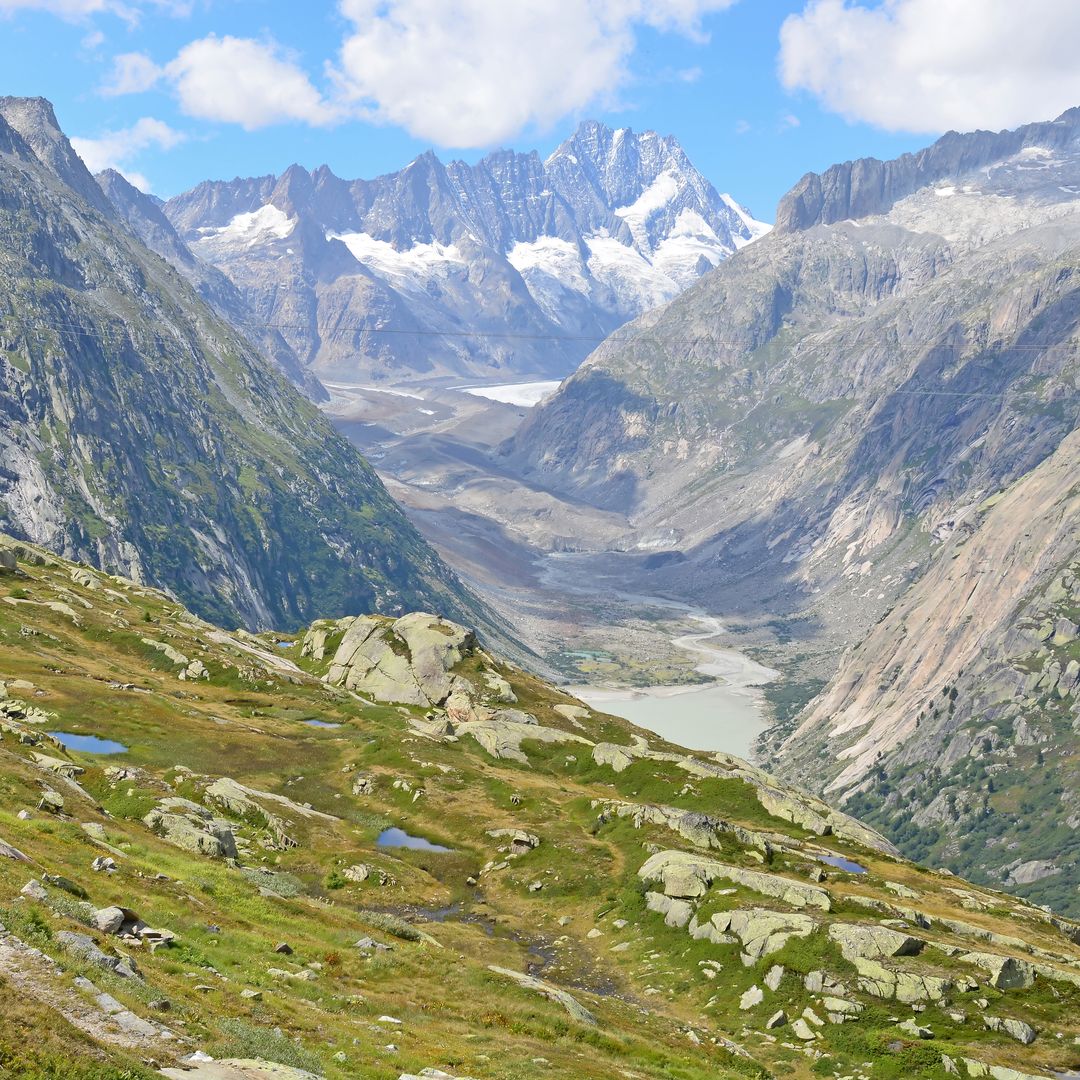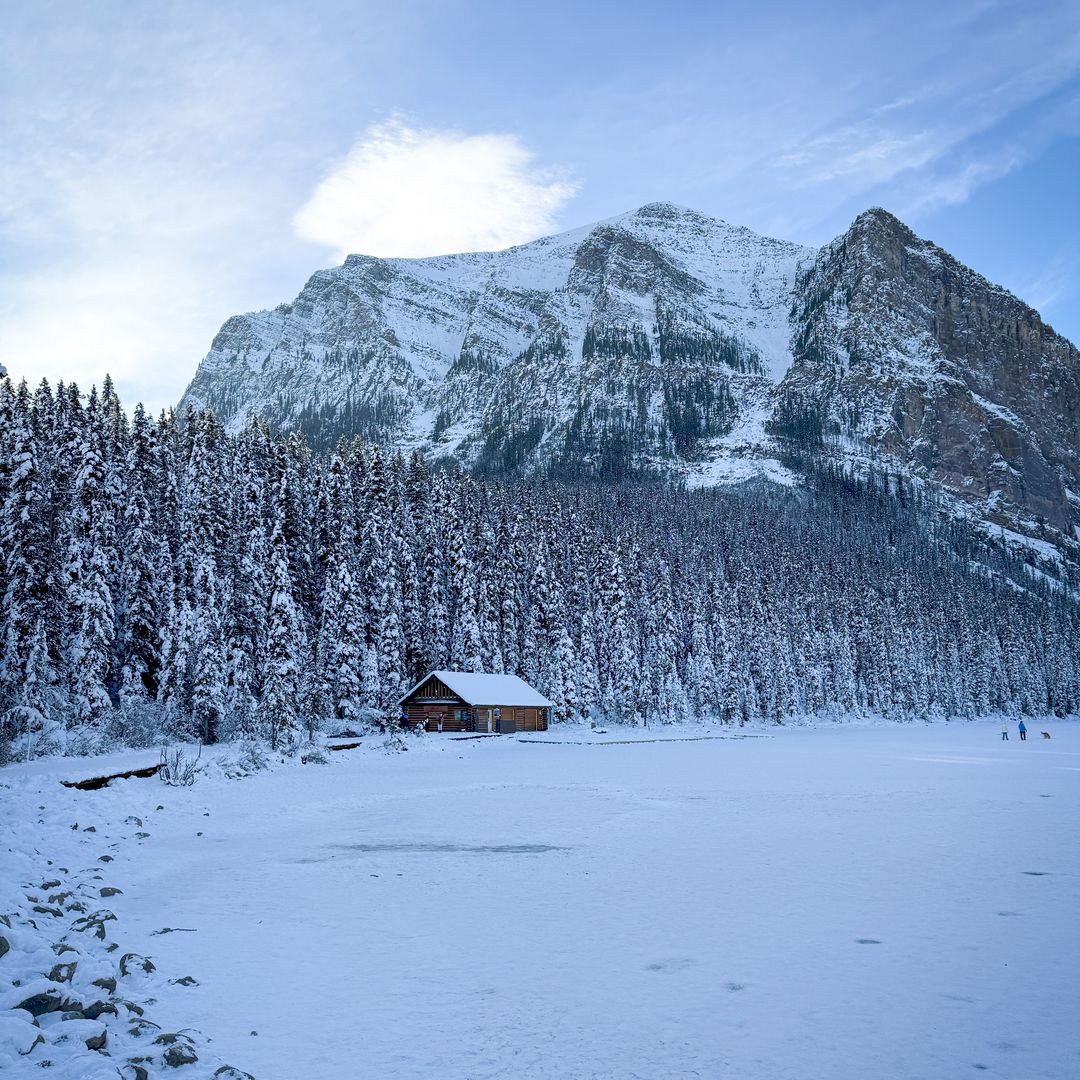Coral islands converted into exotic paradises, city-states brimming with glamour, archipelagos with history, hideaways in Europe...
Scroll below to see the world’s smallest yet most interesting countries.
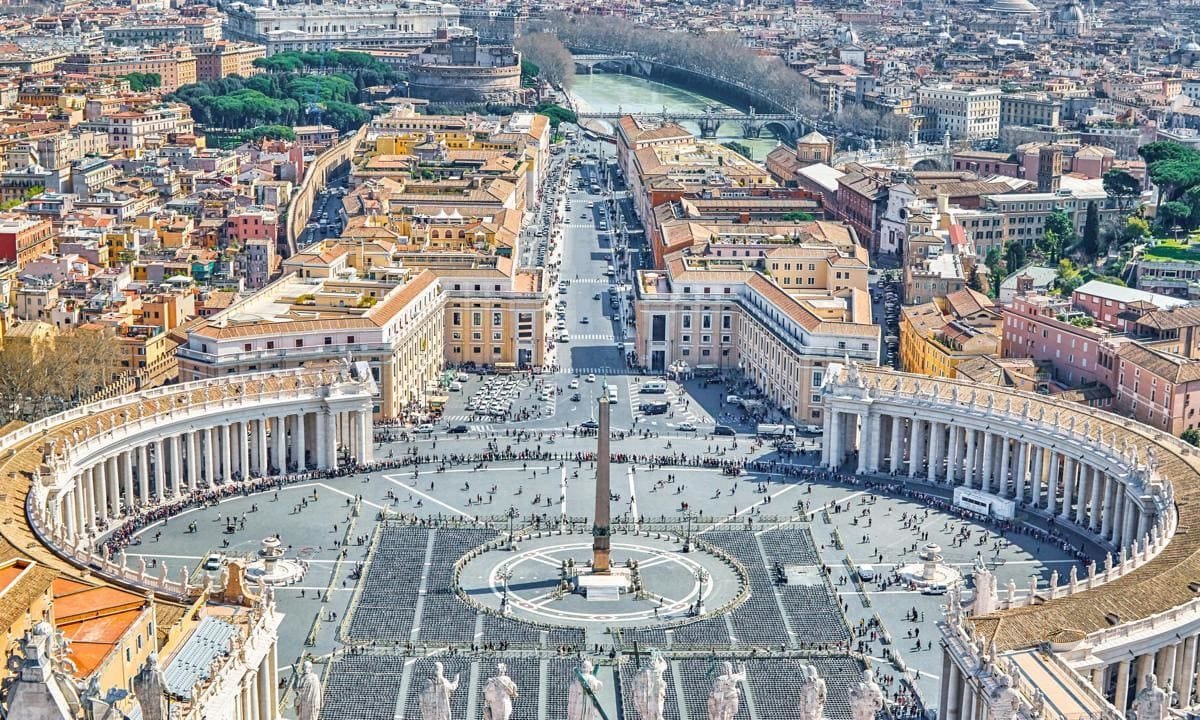 © GettyImages
© GettyImages1. Vatican City
Area: 0.19 square miles/0.44 square kilometers
Population: 825 inhabitants (2019)
The Vatican City is actually an independent state, the smallest in the world, but closely linked to the Italian capital. There are three visits here to spend hours and hours: its magnificent square and the magnificent colonnade that surrounds it, Saint Peter’s Basilica, the most important religious building in the world, headquarters of the Catholic Church, and the Vatican Museums, where the Sistine Chapel, a Michelangelo masterpiece and the largest collection of works of art on the planet.
Interesting facts: The Vatican does not have hospitals, therefore nobody can be born there, citizenship is not obtained by birth but by having a job.
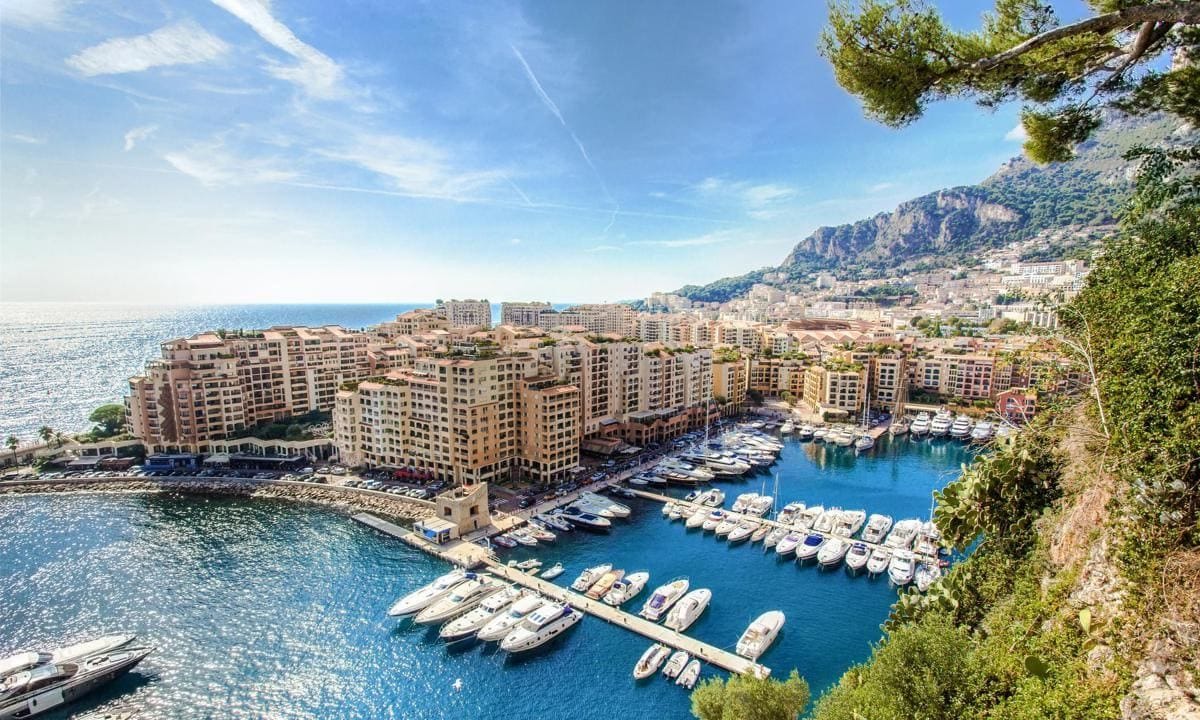 © GettyImages
© GettyImages2. Monaco
Area: 0.78 square miles/2 square kilometers
Population: 38,300 inhabitants (2019)
It seems unbelievable that such a tiny territory attracts so many eyes, but this small city-state on the Mediterranean coast of France is synonymous with glamor and exclusivity thanks to its luxurious hotels, the Grimaldi Palace, the Monte Carlo casino, its bay lined with yachting and his prestigious motor racing career and other sporting events.
Interesting facts: Monaco has one of the highest concentrations of millionaires per capita in the world. Some of the most expensive mansions in the world are also there.
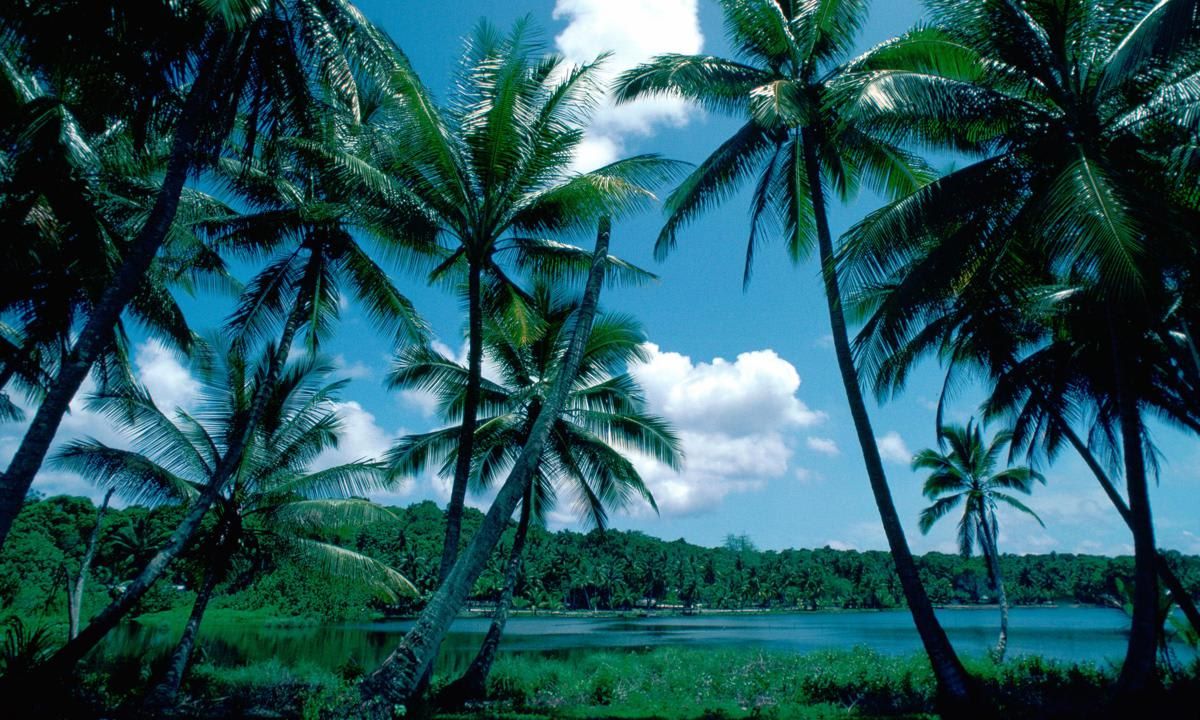 © GettyImages
© GettyImages3. Nauru
Area: 8.1 square miles/21 square kilometers
Population: 10,834 inhabitants (2020)
To put this tiny island state of Micronesia on the map, you have to look at the central Pacific Ocean, and zoom in a lot! Its total area is only 21 square kilometers, which is about 0.6 the size of Manhattan. With a 30-kilometre coastline lined with sandy beaches and coral reefs, Nauru is not only the third smallest country in the world, but also the smallest republic on the planet.
Interesting facts: Nauru does not have a capital and there are no well-defined urban centers, although the government is located in a district known as Yaren.
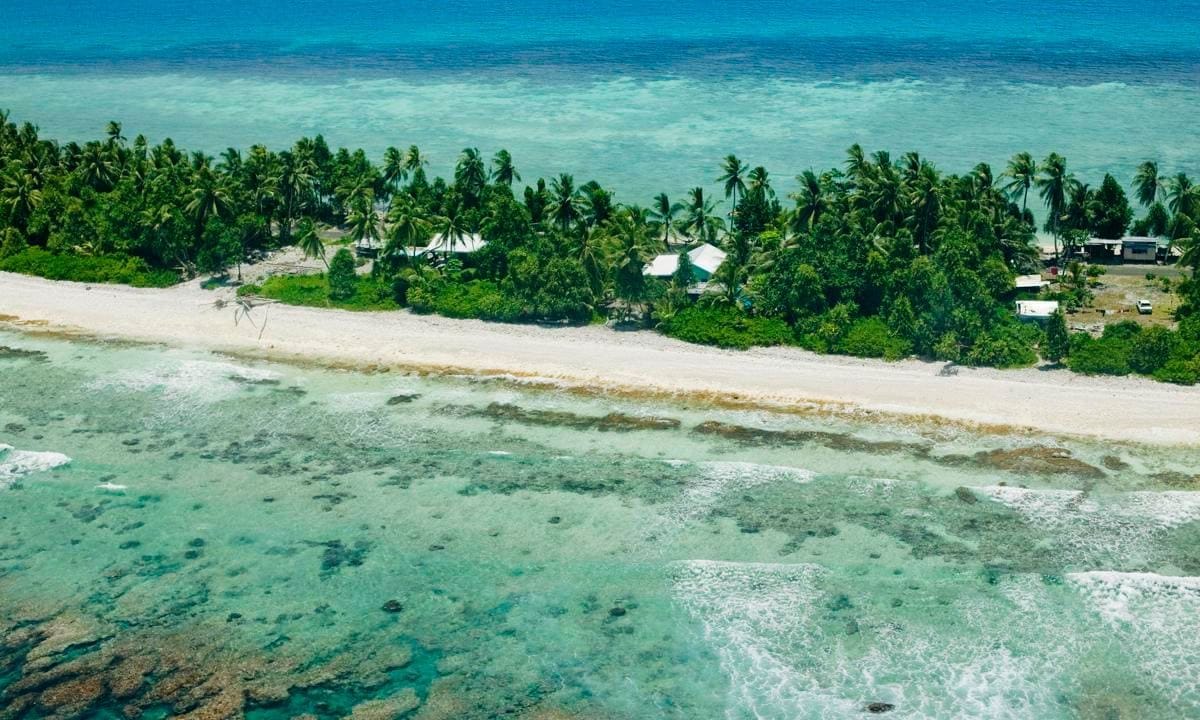 © GettyImages
© GettyImages4. Tuvalu
Area: 10 square miles/30 square kilometers
Population: 12,000 inhabitants (2020)
Tthe fourth smallest country in the world, Tuvalu is located in the Pacific and in Polynesia halfway between Australia and Hawaii. In reality, it is an archipelago made up of 9 small islands full of coral reefs and deep blue lagoons. Its capital, Funafuti, only has 6,200 inhabitants.
Interesting facts: This threatened paradise that could disappear, is made up of coral atolls and it is not very above sea level, making it extremely sensitive to rising water levels
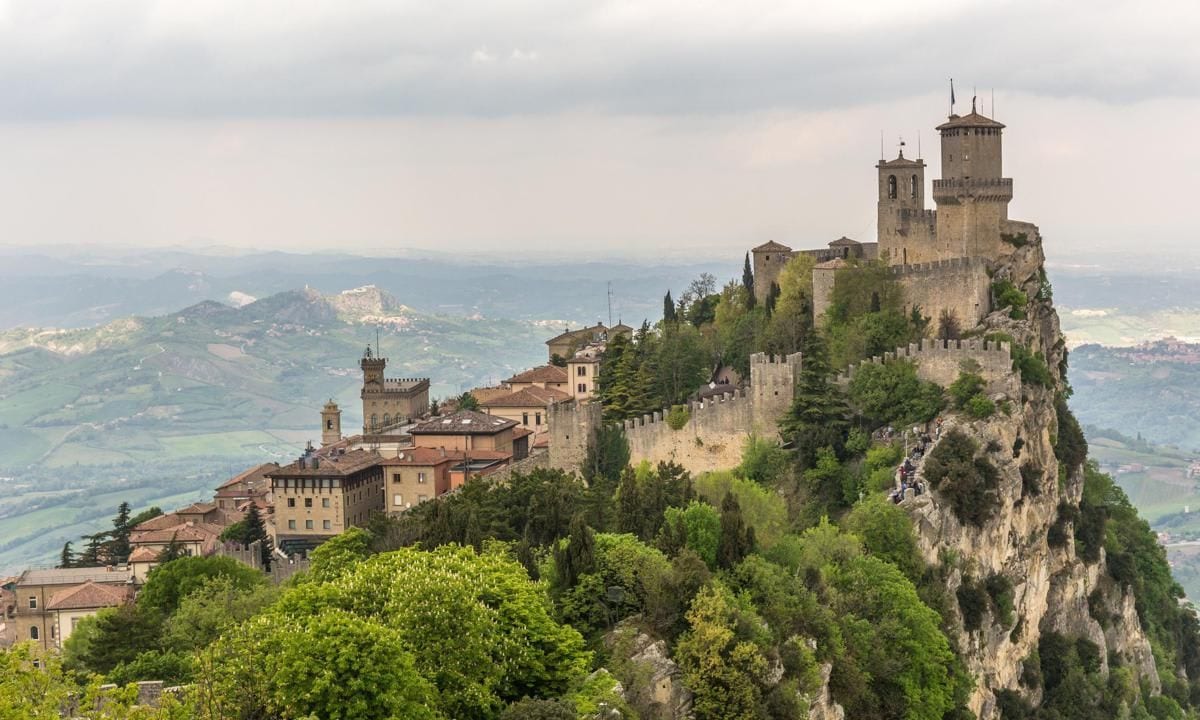 © GettyImages
© GettyImages5. San Marino
Area: 23.6 square miles/32 square kilometers
Population: 33,600 inhabitants (2021)
The next country on the list is this republic surrounded by Italian territory. A little jewel that is also the oldest sovereign state in the world and whose old quarter of the capital and Mount Titano have been recognized as World Heritage sites.
Interesting facts: San Marino is the oldest republic in the world founded in 301 AD. C. and its national motto is Libertas, a freedom of which its inhabitants are very proud.
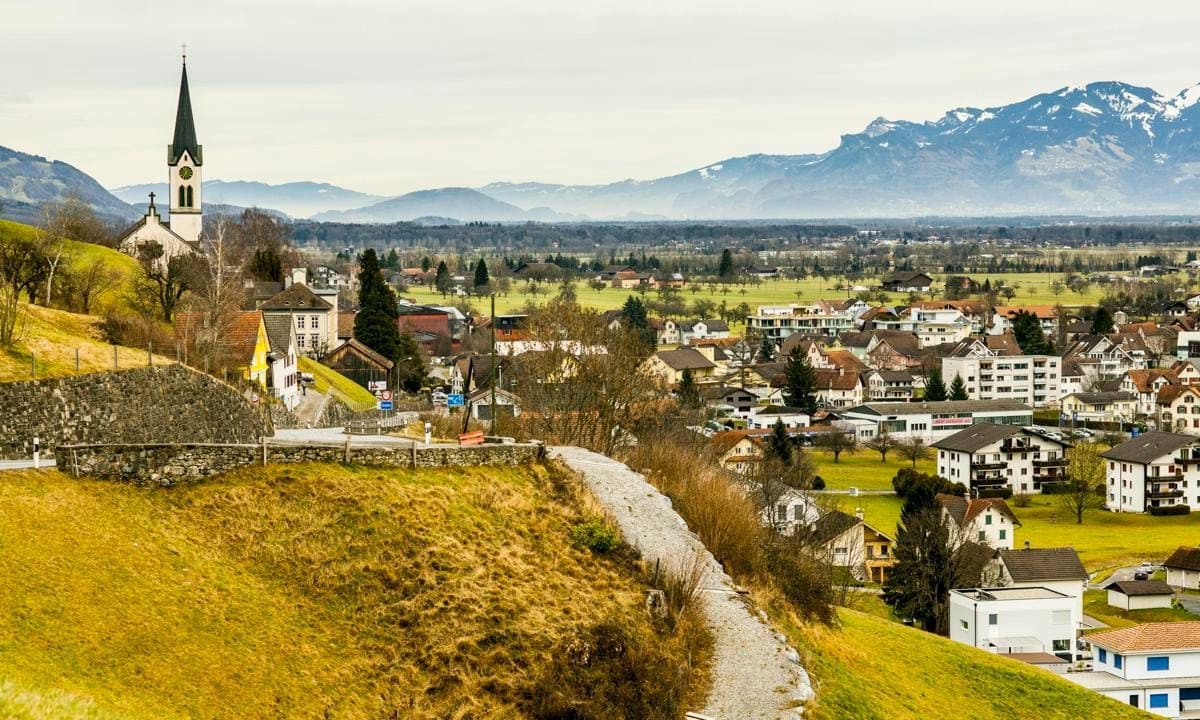 © GettyImages
© GettyImages6. Liechtenstein
Area: 62 square miles/160 square kilometers
Population: 38,000 inhabitants (2022)
At the foot of the Alps, this small Central European principality is one of the most unknown destinations on the continent. The small hideaway nestled between Switzerland and Austria’s main attractions are its nature, with 400 kilometers of natural landscapes, and the art collection exhibited at the Kunst museum, which has paintings by Rembrandt, Rubens and Van Dyck. The royal family resides in the Vaduz castle.
Interesting facts: Its capital is Vaduz although the most populous city is Schaan. Liechtenstein is one of the few countries in the world that does not have an army and acts as a natural country.
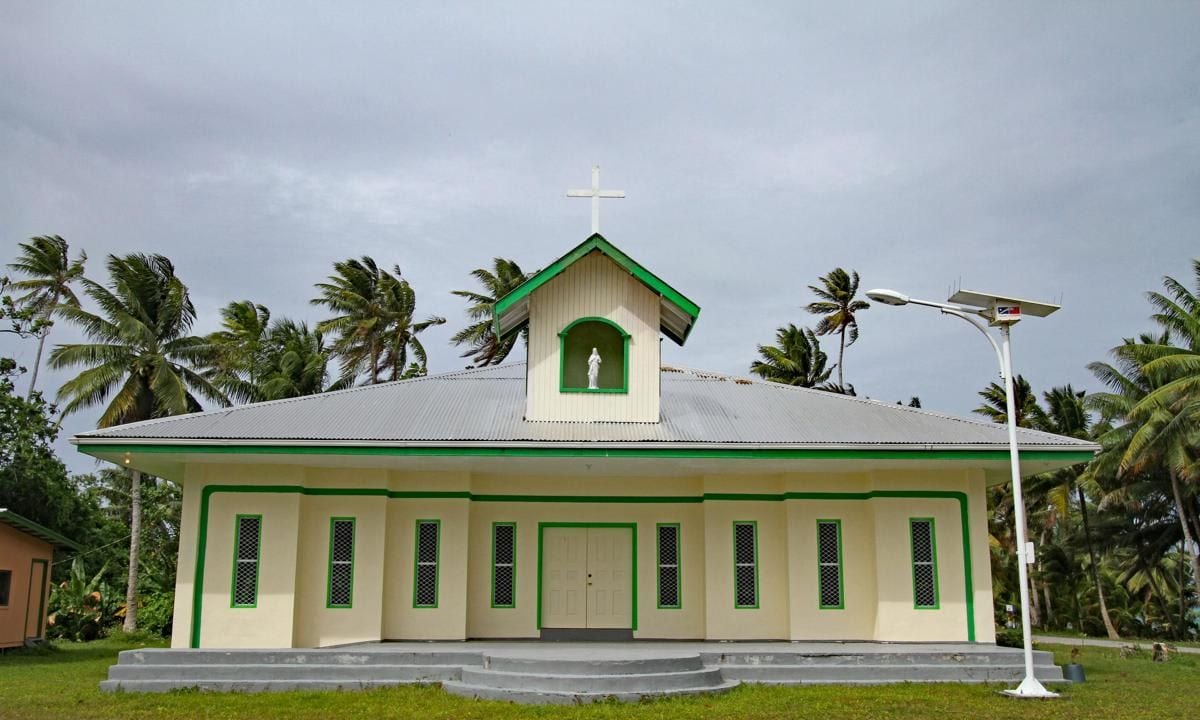 © GettyImages
© GettyImages7. Marshall Islands
Area: 70.05 square miles/190 square kilometers
Population: 61,000 inhabitants (2022)
To the northwest of Australia you have to fly to find another of the smallest countries in the world, the Marshall Islands which occupy less than 200 square kilometers and are divided into a thousand coral islands. A small and young country, became independent from the United States just three decades ago. Its inhabitants live from fishing, the production of coconut oil and tourism, because its islands have that air of virgin paradise where you can spend the day diving in its crystal clear waters.
Interesting fact: The Marshall Islands were under Spanish rule as part of the Spanish East Indies.
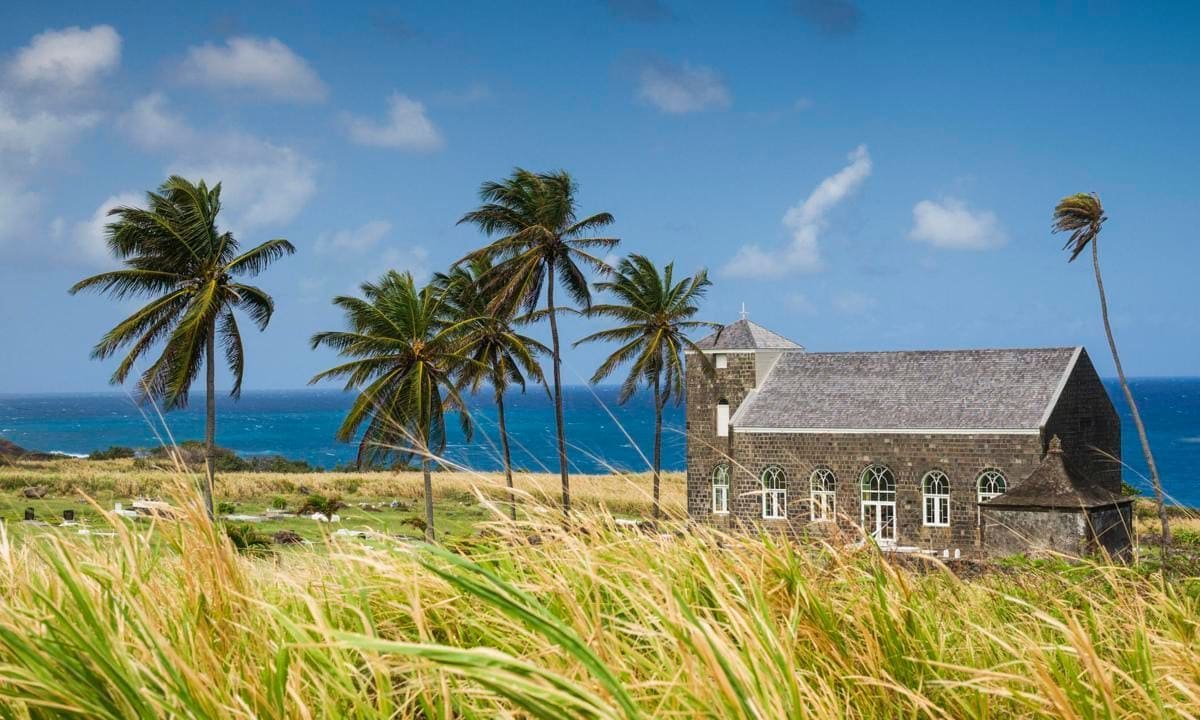 © GettyImages
© GettyImages8. Saint Kitts and Nevis
Area: 101 square miles/261 square kilometers
Population: 47,000 inhabitants (2021)
Two islands as a single country in the Antilles. Saint Kitts, the largest and located to the north; Saint Nieves, the youngest, to the south. The eighth smallest country in the world is also the smallest in the Americas. Discovered by Christopher Columbus on his second trip to America, today these islands are visited to enjoy its beautiful beaches, its volcanic mountains and its great atmosphere in Charlestown, its capital, where a large majority of its population lives.
Interesting fact: It is an independent Commonwealth state, with King Charles III as head of state.
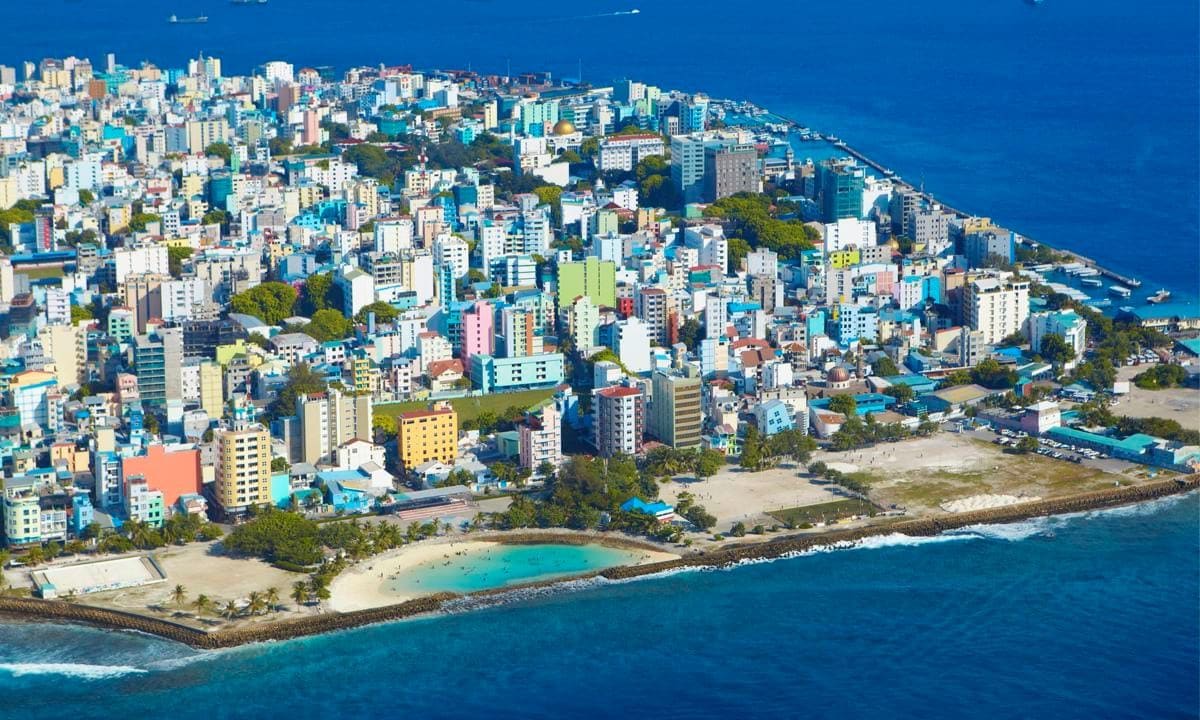 © GettyImages
© GettyImages9. The Maldives
Area: 120 square miles/298 square kilometers
Population: 579,000 inhabitants (2022)
In the Indian Ocean about 500 kilometers from the farthest tip of India, this island country attracts lovers of water sports and those who dream of exotic paradises. There are 1,190 islets embedded in 26 coral atolls that this archipelago. As amazing as its measurements is the fact that it is also the flattest country in the world. Most of its inhabitants are concentrated in its capital, Malé, which has a busy fish market.
Interesting facts: Its spectacular beaches have made Maldives one of the most desired destinations to spend the honeymoon. It is also a paradise for divers and water sports enthusiasts. It is estimated that the country could disappear, submerged in the ocean, in less than a hundred years.
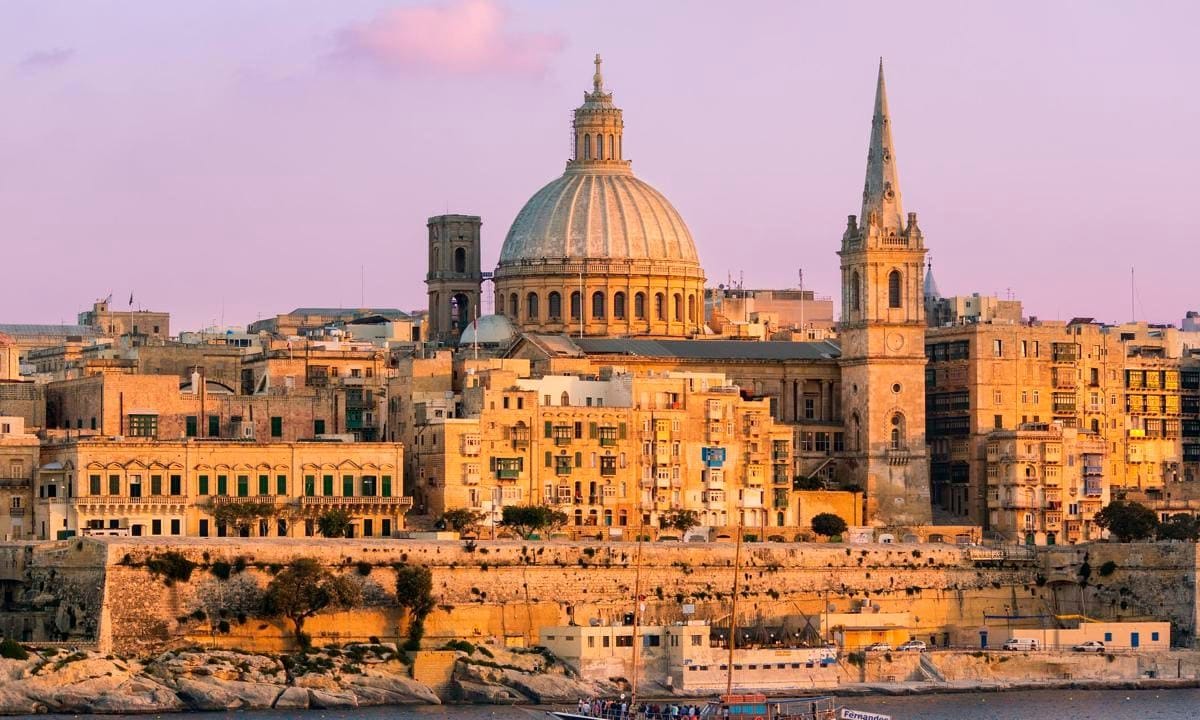 © GettyImages
© GettyImages10. Malta
Area: 22 square miles/316 square kilometers
Population: 519,000 inhabitants (2021)
And the last place in the top 10 smallest countries in the world list is Malta. In the center of the Mediterranean, this archipelago with a history and a fascinating fusion of cultures. It is a country adorned by churches, fortresses, elegant palaces but also cliffs, beaches and beautiful rock formations sculpted by the sea and the wind. This is enjoyed by its inhabitants who reside mainly in the cities of Valletta, the capital, Cospicua, Senglea and Vittoriosa.
Interesting facts: Did you know…? Valletta is the smallest European capital. In addition, having been a British colony until 1964 means that there we find from the typical English red telephone booths and drive on the left, like the British.
,type=downsize)

